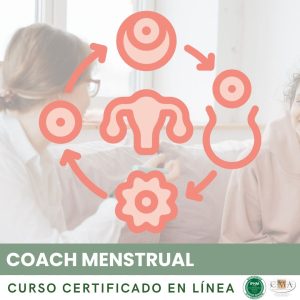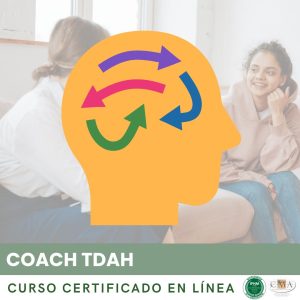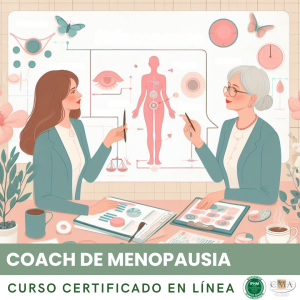
The assessment and review of the session with participants is an essential step to measure the impact and effectiveness of the laughter therapy intervention. It is about collecting feedback and testimonials from participants about their experience, in order to identify strengths, areas for improvement, and perceived benefits. The facilitator can thus adjust and enhance his practice continuously, while highlighting the progress and successes of the group.
To carry out this evaluation, the facilitator can use various tools and methods, tailored to the context and objectives of the session. A satisfaction questionnaire can be distributed at the end, inviting participants to rate various aspects such as content, facilitation, their feelings, their intention to continue the practice of laughter… Open-ended questions allow for more qualitative and personalized comments.
The facilitator can also propose a round-table discussion where everyone is invited to share in a few words their experience and key learnings. He or she ensures to create a climate of trust and benevolence to promote authentic expression, without fear of judgment. Metaphors and symbolic language can be used to facilitate sharing, such as “If this session was a flavor, it would be…”, “I leave with laughter as a treasure in my heart…”.
Beyond immediate feedback, the facilitator can propose a follow-up evaluation a few days or weeks after the session, by email or by phone. This allows measuring the perenniality of the benefits and the application of the learnings in everyday life. He or she could ask “What benefits of laughter do you continue to feel? What exercises have you reused since the session?”. These embodied and concrete testimonials reinforce the credibility and legitimacy of the approach.
For sessions that are part of a longer journey or program, the facilitator can use progressive evaluation tools. For example, he or she can propose at the beginning of the journey to define personal objectives related to laughter, then regularly measure progress using a self-assessment scale. Individual interviews can complement the follow-up, to support each participant in his or her specific journey with laughter.
The facilitator does not hesitate to valorize and celebrate the successes and progress, however small, of each person. He or she can, for example, display positive testimonials on the wall, create a laughter guestbook, invite participants to share their anecdotes of daily laughter victories. This highlighting of benefits reinforces motivation and commitment in the sustainable practice of laughter as a wellness tool.
During the review, the facilitator is also listening to constructive feedback to improve his or her practice. If an exercise has put participants in difficulty, if the pace was too fast, if the location was not suitable… all these feedbacks are valuable to adjust future interventions. The facilitator welcomes these comments with openness and gratitude, in a reflective and learning approach serving the participants.
Beyond the participants’ direct feedback, the facilitator can also rely on his or her observation and feelings throughout the session. He or she is attentive to verbal and non-verbal signals that testify to the impact of laughter: relaxed faces, sparkling eyes, open postures, spontaneous bursts of laughter, warm atmosphere… All these subtle clues feed his or her sensitive and intuitive evaluation of the quality of presence and connection generated.
This more subjective evaluation can be enriched by exchange time between co-facilitators or with a supervisor, to confront views and deepen the analysis of the group dynamic. This teamwork allows to cross competences and to cultivate a reflective practice for ever more accuracy and relevance.
Finally, the facilitator can write a summary of the session review, summarizing the main feedback, highlights, key phrases, sharing nuggets… This report allows to keep a record of the experience and to be able to deliver it to participants or sponsors. It also constitutes a valuable support to communicate about laughter benefits and inspire future participants.
In summary, the evaluation and review of the session with participants is a rich and multidimensional process, which mobilizes various tools and is part of a continual improvement approach. By collecting authentic feedback on perceived benefits, encountered difficulties, awakened aspirations… the facilitator honors the unique experience of each and adapts his or her accompaniment with ever-increasing finesse. This key step nourishes the co-construction of a laughter practice that is embodied, ethical, and meaningful, serving everyone’s fulfillment.
Key takeaways:
– The evaluation and review allow to measure the impact and effectiveness of the session and identify the strengths, areas for improvement and benefits perceived by participants.
– Different tools can be used: satisfaction questionnaire, open-ended questions, round-table discussion, cold evaluation, progressive evaluation tools, self-assessment scales, individual interviews.
– The facilitator ensures to create a climate of trust and benevolence to promote authentic expression. He or she uses metaphors and symbolic language.
– The valorization of success and progress reinforces the motivation and commitment of participants in the practice of laughter.
– The facilitator listens to constructive feedback to improve his or her practice, in a reflective and learning approach.
– The observation and feelings of the facilitator, as well as exchanges between co-facilitators or with a supervisor, enrich the evaluation.
– A written summary of the review allows to keep a record, to communicate about the benefits and to inspire future participants.
– The evaluation is part of a continuous improvement approach to co-construct a laughter practice that is embodied, ethical, and meaningful.
👉 To download docx (Editable) file click here : Click here
👉 To download PDF file click here : Click here
👉 To download MP3 file click here : Click here





